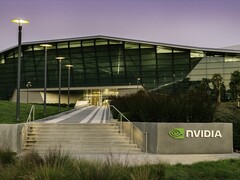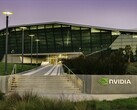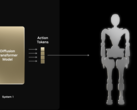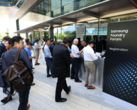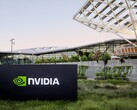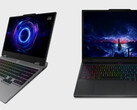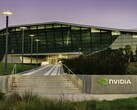Nvidia is negotiating with Shanghai officials to lease office space for a new research-and-development center to track local customer demands and feed that information back to headquarters. During an April visit, chief executive Jensen Huang secured in-principle support from the city’s mayor, who offered tax breaks and reduced red tape for the project.
The planned team will not design or modify graphics-processing units in China. Instead, engineers will verify chip designs, optimize existing products, and take on sector-specific work such as autonomous-driving research, according to people familiar with the plan. Core intellectual-property development will remain outside the country to avoid breaching U.S. export-control rules.
Washington has required export licenses for Nvidia’s most advanced AI processors since 2022. Those restrictions cut China’s contribution to company revenue to 13 percent in the last fiscal year, down from 26 percent before the rules were introduced. Nvidia has responded by creating lower-specification versions of several chips, a practice that has drawn criticism from some U.S. officials.
In its latest adjustment, the company has told major Chinese cloud providers it will release a modified H20 accelerator in July. Memory capacity and performance will be pared back to align with the tightened U.S. thresholds. A Blackwell-based part that meets the same limits is also in development, but any shipment will require Washington’s sign-off.
Nvidia employs about 4,000 people in China, roughly half of whom are employed in Shanghai. The additional workspace is expected to accommodate current staff and future hires, strengthening local R&D without moving sensitive chip design work offshore. Huang has estimated that China’s AI-chip market could reach roughly $50 billion within three years; maintaining a presence, he argued, is essential to avoid ceding ground to domestic rivals such as Huawei.
Source(s)
WSJ (in English)




